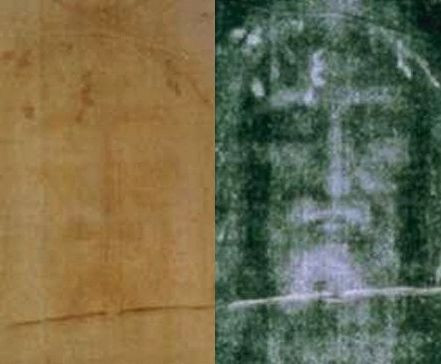
According to the Bible, Jesus Christ told their disciples to believe blindly they would be saved. The disciples listened and kept on believing, up until these days. And as new research suggests, faithful Christians might have been right all along.
After decades of speculation, new research suggests that the Shroud of Turin, one of the Catholic Church's holiest relics, may actually be real. What was supposed to be Jesus' burial cloth was the subject of much debate and investigation. The last report led experts to the conclusion that the cloth might actually come from the first century A.D., placing it in the same timeframe as Jesus.
Giulio Fanti, a professor at Italy's University of Padua who has been studying the Shroud for decades, has just published a book on his newest findings. The professor, a Catholic himself, used infrared light to analyze fibers from the shroud and determined that the cloth dates back from between 300 B.C and 400 A.D, a period that encompasses the life and death of Jesus.
These findings could debunk the theories of skeptics, who for years pointed the cloth to medieval times.
Russ Breault, president of the Shroud of Turin Education Project Inc., said that there was enough evidence in the cloth to prove that it was not fabricated nor a fake. "When you consider that there are no substances on the cloth that were conceivably used by an artist, and the fact that the blood on the cloth is human blood, it would suggest that the cloth is probably authentic," he said.
"It can never replace faith," he added. "We don't have the DNA of Jesus to match it up, I don't think we can ever know for sure whether the shroud is absolutely authentic."
The shroud belongs to the Vatican, although they have never taken an official position on its authenticity. It is kept in a special climate-controlled casket in Turin, and has not been on public display since 2010.
© 2025 Latin Times. All rights reserved. Do not reproduce without permission.




